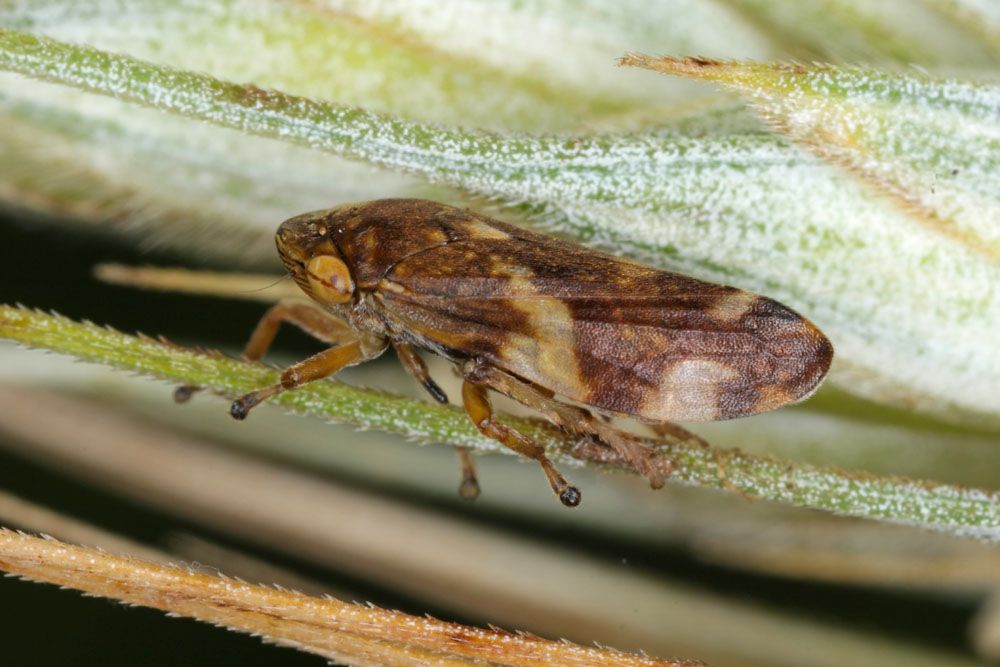
Meadow Spittlebug – Philaenus spumarius
Meadow Spittlebug (Philaenus spumarius)
Common Name: Meadow Spittlebug
Latin Name: Philaenus spumarius
Appearance:
Spittlebugs are simple to recognize if there is any “spittle” present. The size of these spittle masses might reach 3/4 inches.
Nymphs
- The spittle masses contain the nymphs.
- They can grow up to 1/4 inch long with delicate, elongated bodies.
- They go from orange to yellow to green in line with their growth.
- Nymphs have large red eyes on the sides of their heads.
Adults
- Although they are rarely observed, adult meadow spittlebugs measure 1/4 inch in length.
- They begin green and eventually turn brown or grey.
- The back legs of adult spittlebugs, sometimes known as froghoppers, are expanded for jumping.
- They are like leafhoppers but are fatter.
Territory:
Meadow Spittlebug are found throughout the United States
Damages caused by Meadow Spittlebug:
By suckling sap from their host plant, spittlebugs prevent plants from growing. Nymphs harm property. They begin feeding at the plant’s base and work their way up to the more delicate foliage. They are visible beneath leaf sheaths, folded leaves, or on the leaves and stems as mounds of froth or spittle in late April, early May, and early June. One can find both the nymphs and the adults on several weeds and plants.
Life history and habits:
Spittlebugs eggs may survive in leaf litter throughout winter. Nymphs emerge in late April or early May and eat at the plant’s base. They continue to go upward in search of fragile leaves and blooms. During eating, nymphs pump bubbles into a fluid produced as a foamy material. This frothy mass shields spittlebugs from predators and keeps them from drying up. The nymphs reach maturity in around five to eight weeks. They migrate to surrounding grassy regions, pastures, or places with broadleaf weeds as adults. In September and October, the females return and deposit clusters of eggs in plant residues or on leaves and stems. Each year, there is just one generation.
